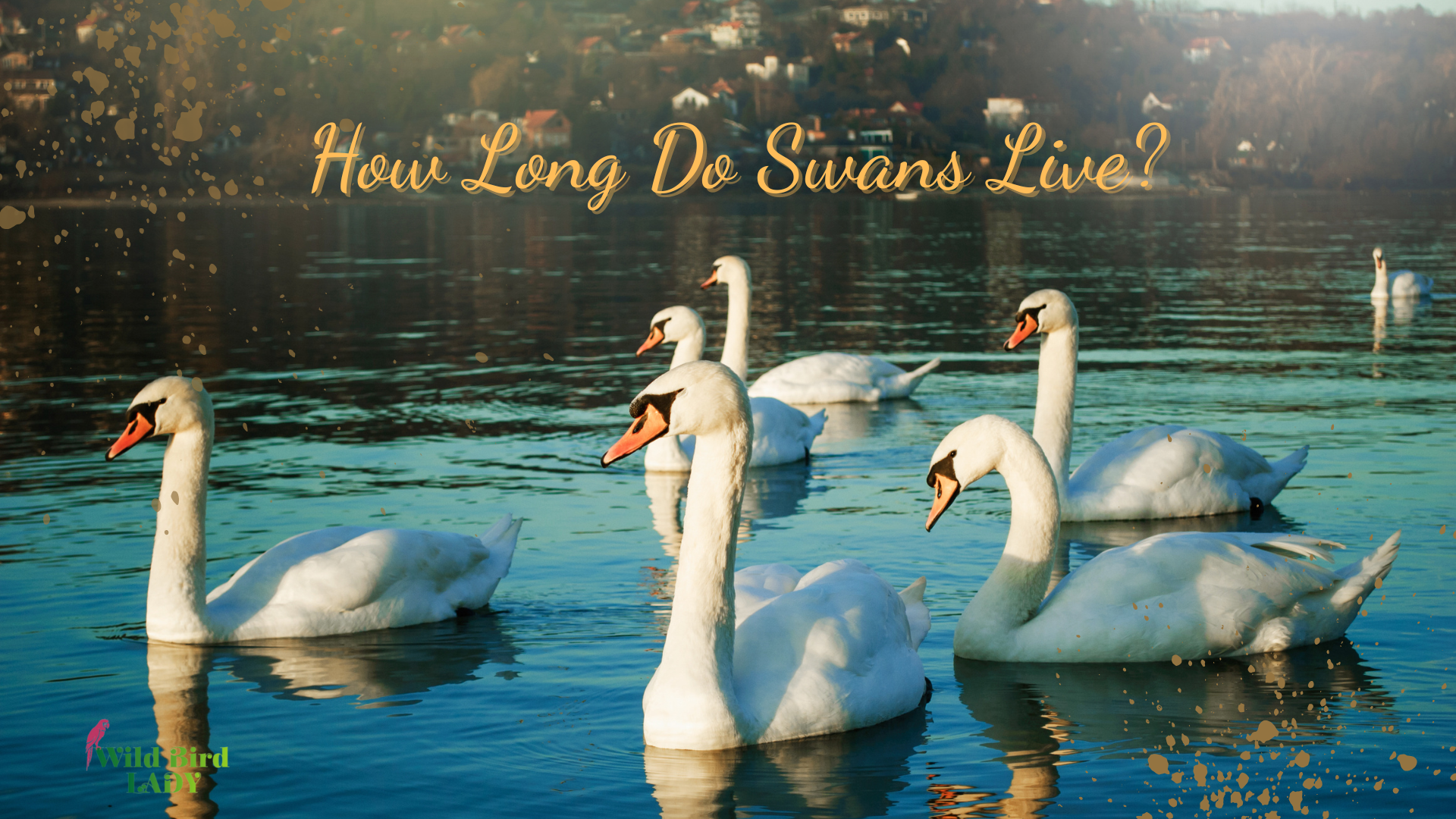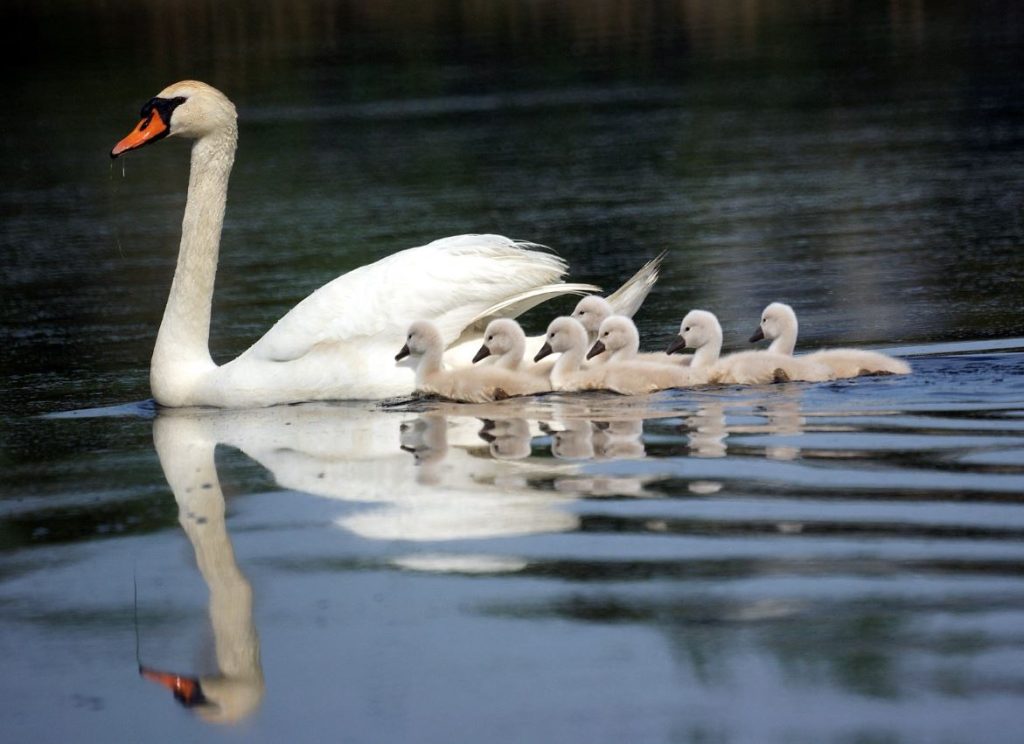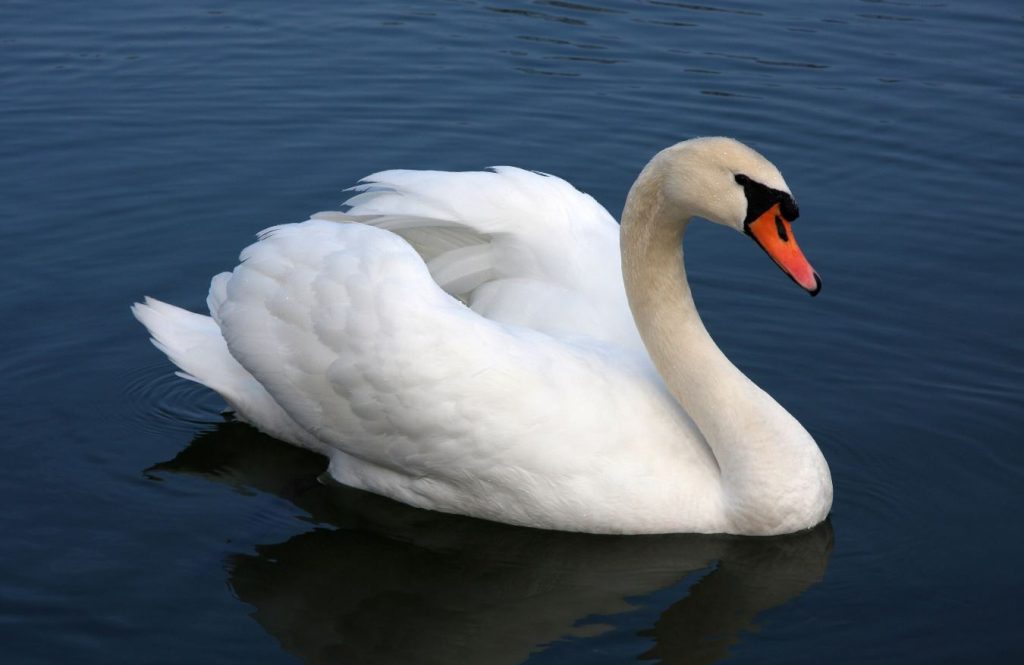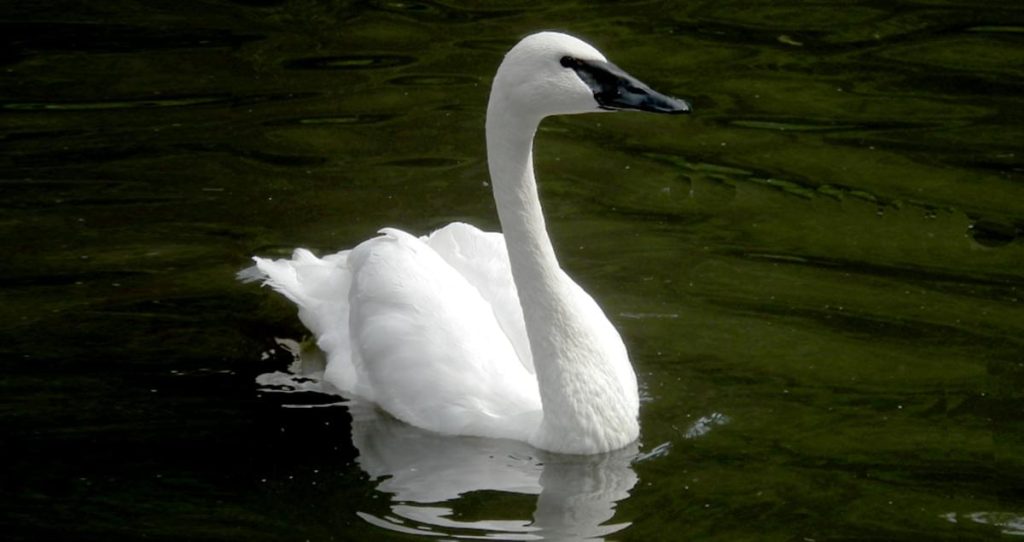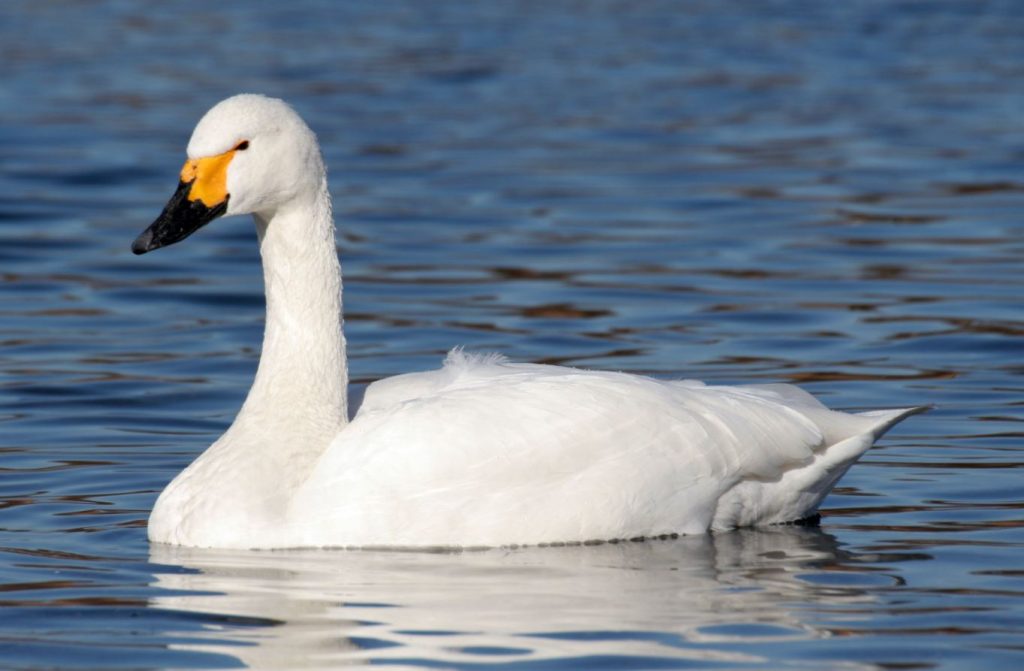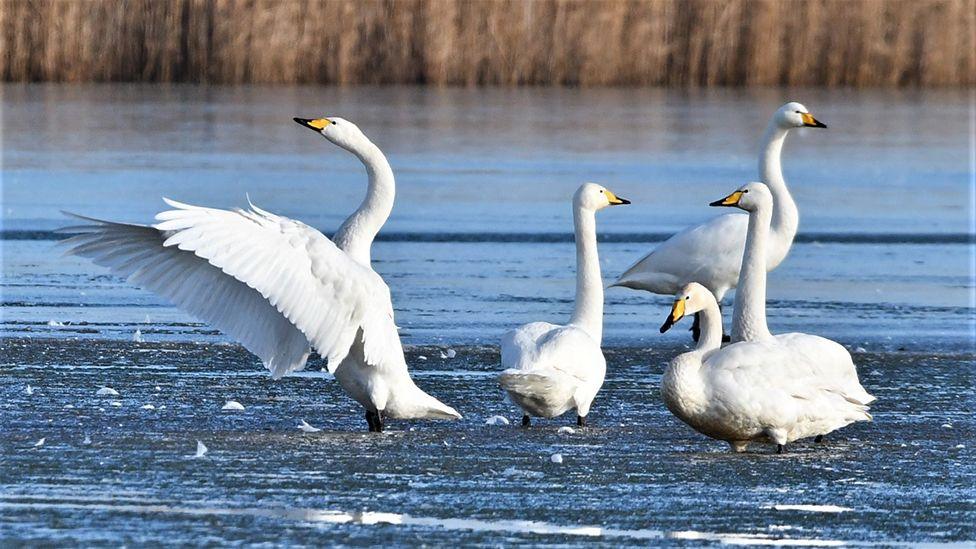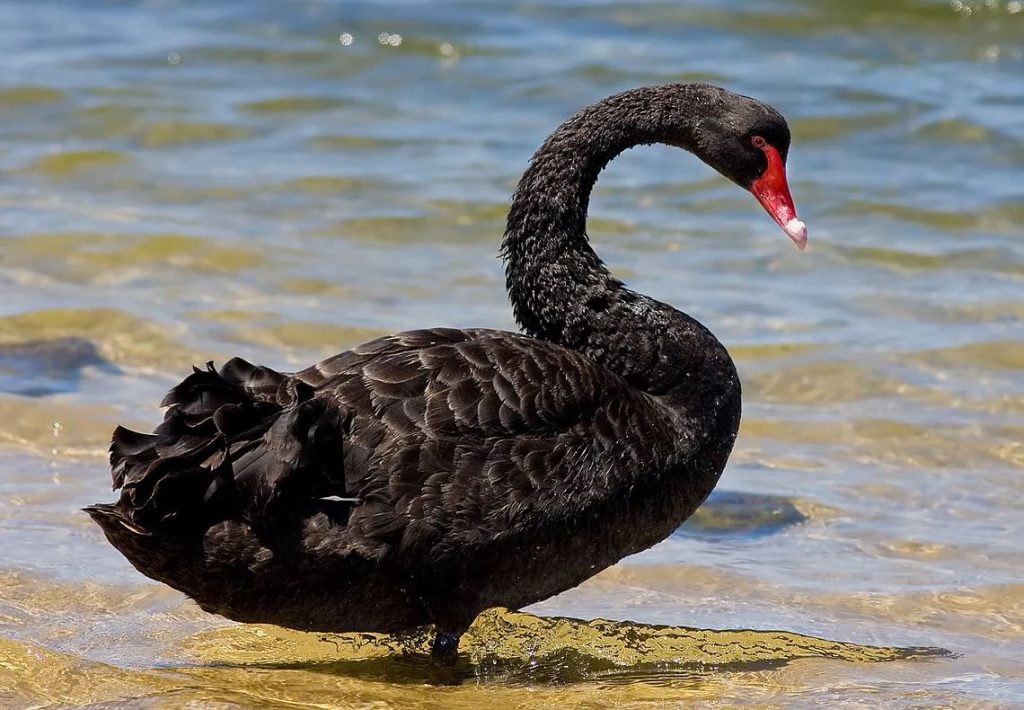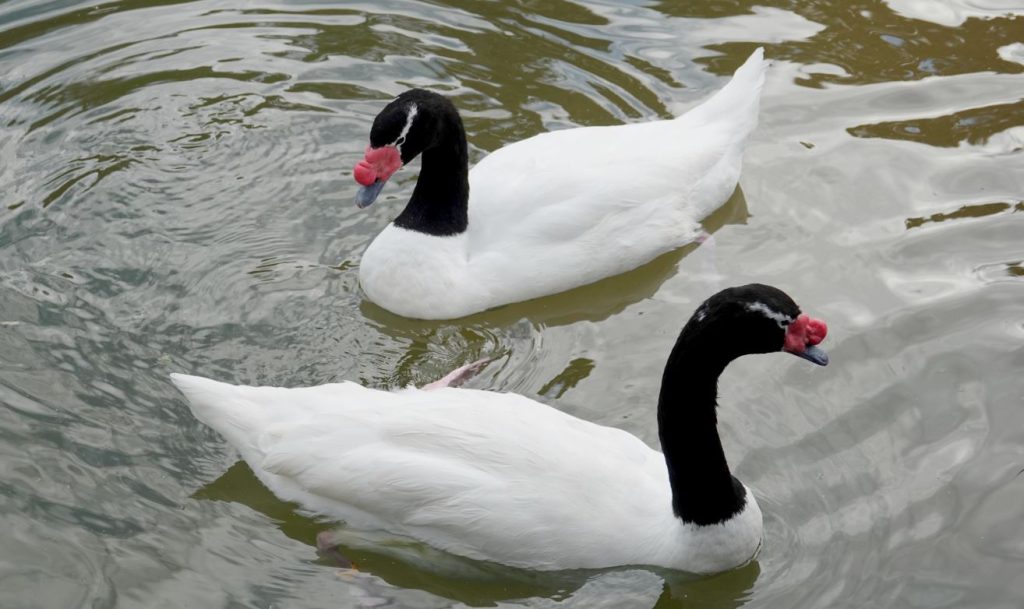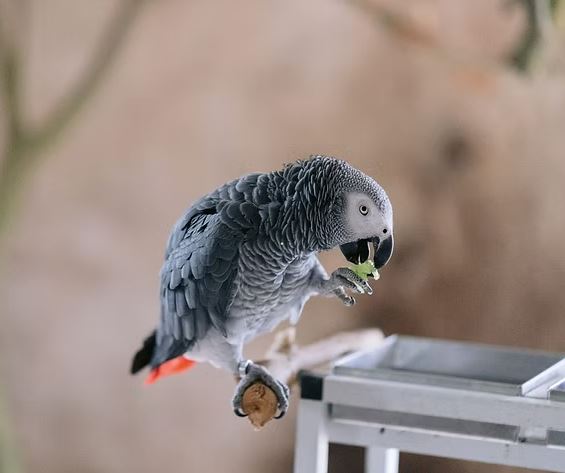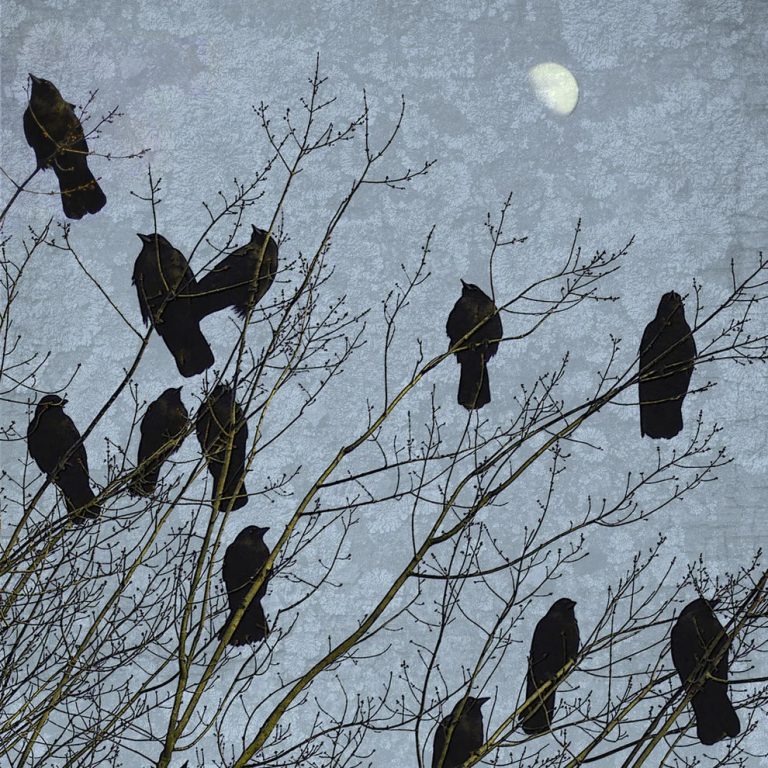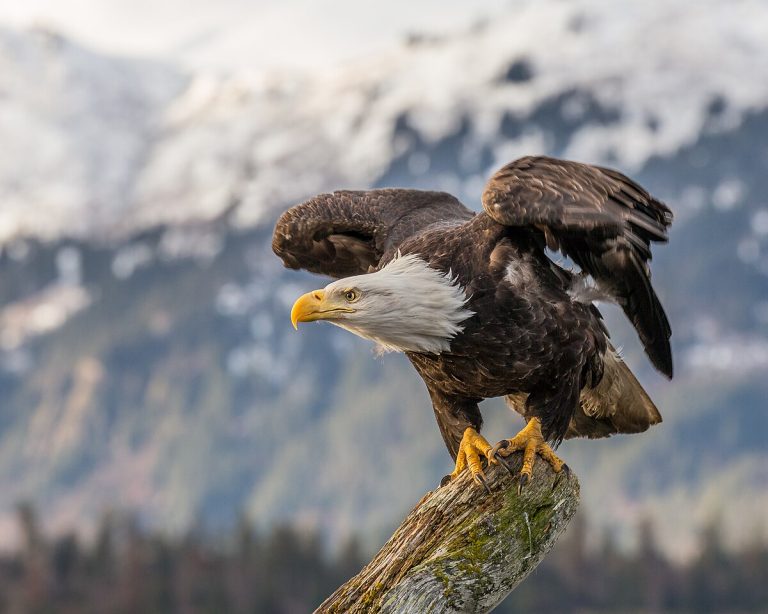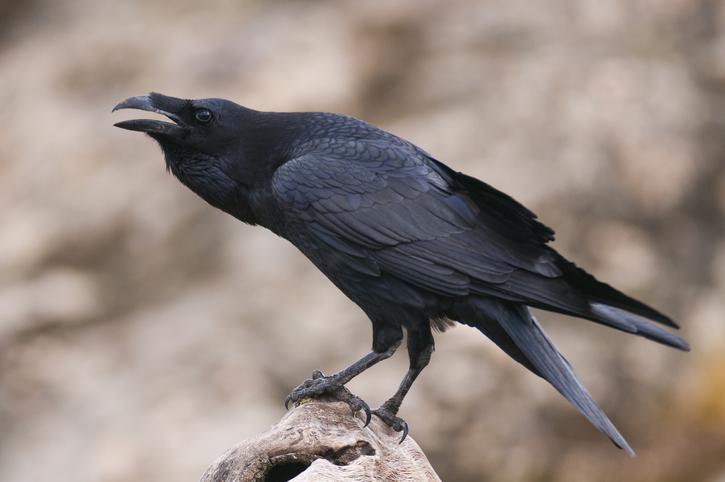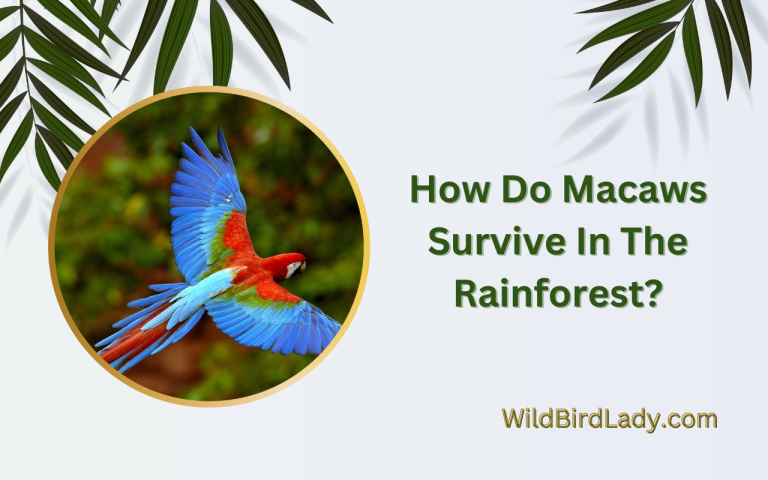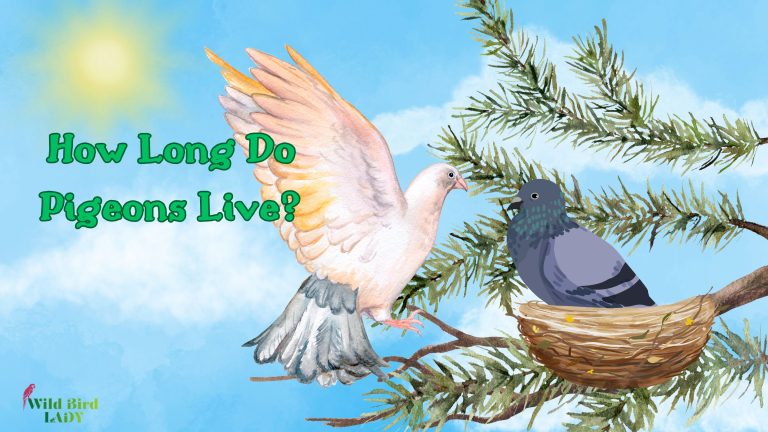How Long Do Swans Live? Discover the Secrets Behind Their Lifespan
Swans are among the most iconic and elegant birds in the world. Their long necks, graceful glides across lakes, and monogamous pair bonds have earned them admiration in cultures worldwide. But beyond their beauty and symbolism lies a fascinating biological question: how long do swans live?
The answer is more complex than you might think. Swans’ lifespan varies significantly depending on species, environment, predators, and human impact. In this in-depth article, we’ll explore how long different types of swans live, what affects their longevity, and how we can help them live longer—both in the wild and in captivity.
Quick Answer: Average Swan Lifespan
- In the wild: 10 to 20 years (depending on species and threats)
- In captivity: 20 to 30+ years (under proper care)
- Oldest recorded swan: 40 years old (a mute swan in the UK, per the British Trust for Ornithology)
Species Matters: Lifespan of Different Swans
There are six main species of swans, and each has its own average lifespan based on biology and habitat. Here’s how they compare:
1. Mute Swan (Cygnus olor)
- Lifespan in the wild: 10–15 years
- In captivity: Up to 30 years or more
Mute swans are the most recognizable swan species in Europe and North America. Their long lives in captivity can be attributed to fewer predators and regular food access. According to the Royal Society for the Protection of Birds (RSPB), the oldest recorded mute swan lived over 40 years.
2. Trumpeter Swan (Cygnus buccinator)
- Lifespan in the wild: 12–20 years
- In captivity: Up to 30 years
Native to North America, trumpeter swans are the largest waterfowl on the continent. With conservation efforts improving since the 20th century, more trumpeter swans are living longer in protected areas like wildlife refuges.
3. Tundra Swan (Cygnus columbianus)
- Lifespan in the wild: 10–15 years
These migratory swans breed in the Arctic and winter in the U.S. Due to the harsh migration routes and shorter breeding seasons, their average lifespan is slightly lower.
4. Whooper Swan (Cygnus cygnus)
- Lifespan in the wild: 10–20 years
Whooper swans migrate between Europe and Asia. A study from BirdLife International suggests that their longevity is helped by legal protections and safe wetland habitats in Europe.
5. Black Swan (Cygnus atratus)
- Lifespan in the wild: 10–15 years
- In captivity: Up to 30 years
Native to Australia, black swans are long-lived birds, particularly in zoos and ornamental settings. Their adaptability and calm nature make them ideal for managed care.
6. Black-necked Swan (Cygnus melancoryphus)
- Lifespan in the wild: 10–20 years
Found in South America, these swans are relatively long-lived in both wild and captive environments.
Factors That Influence Swan Lifespan
So, what determines whether a swan lives 10 years or 30? Several environmental, biological, and human-related factors come into play.
Genetics
Just like in humans, genetic factors can predispose swans to live longer or be more resistant to diseases. Some swan populations show hereditary resilience, especially when raised in low-stress environments.
Predation
In the wild, young cygnets are vulnerable to predators like foxes, raccoons, snapping turtles, large fish, and birds of prey. Adults have few natural enemies, but attacks from coyotes, bobcats, or even dogs can occur.
Climate and Environment
Swans living in stable climates with abundant food and fewer seasonal extremes tend to live longer. Harsh winters or droughts can affect food availability and nesting success, thereby reducing survival rates.
Habitat Quality
Wetlands with clean water, native vegetation, and limited human disturbance support longer swan lifespans. Pollution, shoreline development, and invasive species can degrade habitat quality.
Disease
Swans are susceptible to avian diseases like avian influenza, botulism, and lead poisoning. According to Cornell Lab of Ornithology, lead shot and fishing tackle are major killers of waterfowl in general, including swans.
Human Activity
Swans face threats from habitat destruction, collisions with boats and power lines, and being fed harmful food (like bread). Illegal hunting or egg collection can also reduce local populations.
Captivity vs. Wild: Why Captive Swans Live Longer
Swans living in protected or captive environments—zoos, sanctuaries, or private estates—generally live longer. Here’s why:
- Regular feeding: No need to migrate or search for food.
- Veterinary care: Immediate treatment for wounds or illnesses.
- No predators: Safer from foxes, hawks, or poachers.
- Clean environment: Reduced exposure to pollution or toxins.
- Fewer accidents: Protected from boating accidents or electrocution.
Captive swans are often banded and monitored, allowing for accurate record-keeping and longer lifespan documentation. For instance, a trumpeter swan in a protected sanctuary in Minnesota lived over 30 years—far above average for its species.
Swan Lifespan by Life Stage
Let’s break down the stages of swan life and how survival rates differ at each stage.
🥚 Egg Stage
- Swan eggs incubate for 30–40 days.
- Nest success depends heavily on weather, predators, and parental care.
🐣 Cygnets (0–6 months)
- This is the most vulnerable stage.
- Up to 50% may die within the first few months due to predation or starvation.
🧒 Juvenile (6 months–3 years)
- Juvenile swans learn to forage and fly.
- Mortality drops as they become more independent.
🦢 Adult (3+ years)
- Adults can breed annually and often mate for life.
- Barring accidents or disease, many live past 10 years in the wild.
How Mating and Parenting Affect Longevity
Swans are monogamous, often bonding with a mate for life. This stable partnership supports better parenting, which in turn contributes to the survival of offspring and the continuity of strong genes.
Pairs work together to:
- Build nests
- Defend territory
- Care for cygnets
Interestingly, swans that lose a mate often go into mourning and may not breed again for a season or longer. This emotional complexity adds a fascinating layer to their life history.
Record-Breaking Swan Lifespans
Some swans have achieved exceptional ages:
- Oldest known mute swan: 40 years (UK, ringed in 1966 and found dead in 2006 — Source: BTO)
- Oldest recorded black swan: 35+ years (in captivity)
- Trumpeter swan in Minnesota: Lived 32 years in a sanctuary
These records are usually documented through leg-banding or tagging efforts by ornithologists.
Conservation Efforts That Help Swans Live Longer
Swans have endured significant threats over the past century, including overhunting, habitat destruction, pollution, and lead poisoning. Fortunately, targeted conservation efforts around the world have helped not only boost swan populations but also extend their lifespans by reducing threats and improving habitat quality.
One of the most notable efforts is the Trumpeter Swan Recovery Program in the U.S. and Canada. Once nearly extinct due to hunting and habitat loss, trumpeter swans have been successfully reintroduced to the Midwest and Pacific Northwest. These programs include habitat protection, regulated breeding, and tracking via leg bands to monitor survival rates.
Wetlands restoration has also played a critical role. Healthy wetlands provide clean water, ample food sources, and safe nesting areas—key elements for swan survival and reproduction.
Additionally, the ban on lead-based ammunition and fishing tackle in many regions has significantly reduced incidents of lead poisoning, one of the leading causes of death in waterfowl.
In the UK, swannery management projects like those at Abbotsbury Swannery actively protect nesting mute swans, offer food during harsh weather, and monitor health.
Together, these conservation actions create safer environments where swans not only survive—but thrive and live longer lives.
How You Can Help Swans Live Longer
Even as individuals, we can make a difference in swan conservation and longevity:
✅ Don’t Feed Bread
Bread causes malnutrition, deformities, and pollution. Instead, offer:
- Chopped greens
- Corn
- Oats
- Duck pellets
✅ Keep Distance During Nesting
Swans are protective and can abandon nests if stressed by humans or dogs.
✅ Report Injured Swans
If you see an injured or sick swan, contact a local wildlife rescue or park authority.
✅ Use Lead-Free Fishing Gear
Swans often ingest lost sinkers while feeding, which can be fatal.
✅ Support Wetland Conservation
Join or donate to organizations like:
- Audubon Society
- Ducks Unlimited
- Local land trusts
Fascinating Swan Lifespan Facts
- A swan’s heart beats about 60–80 times per minute at rest.
- Swans begin nesting around age 3–4.
- Mute swans can fly at up to 50 mph when migrating.
- Male swans are called cobs, females pens, and babies cygnets.
- Some species, like black swans, are nomadic rather than migratory.
Final Thoughts: Graceful Lives, Worth Protecting
Swans may appear serene and invincible, but their lifespans are shaped by a delicate balance of nature, nurture, and human action. While the average wild swan lives around 10–20 years, many can live decades longer when cared for or protected.
As climate change, pollution, and habitat encroachment continue to threaten wetland species, the importance of conservation grows. With awareness and collective effort, we can ensure that swans remain a part of our lakes, rivers, and folklore for generations to come.
FAQs: How Long Do Swans Live?
Q: What is the average lifespan of a swan in the wild?
A: Most wild swans live 10–20 years, depending on the species and environment.
Q: How long can a swan live in captivity?
A: With proper care, captive swans can live 25–30+ years.
Q: Which swan species lives the longest?
A: Mute swans and trumpeter swans tend to have the longest recorded lifespans.
Q: Do swans really mate for life?
A: Yes, most swan species form lifelong pair bonds and are known for their strong family structures.
Q: What’s the oldest swan ever recorded?
A: A mute swan in the UK lived to 40 years old, as reported by the British Trust for Ornithology.
Read also: Baby Swan: What They Look Like, Eat & How They Grow Into Graceful Adults

